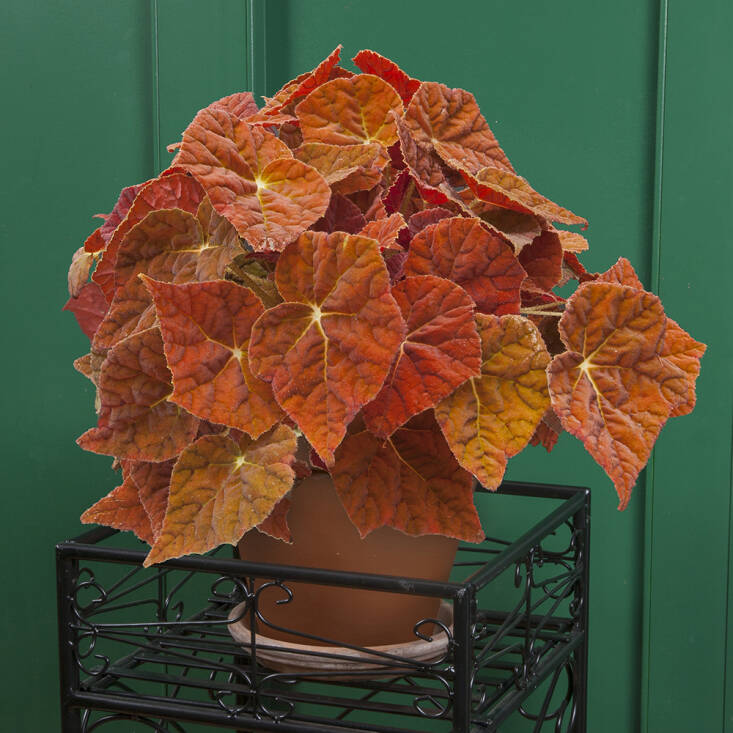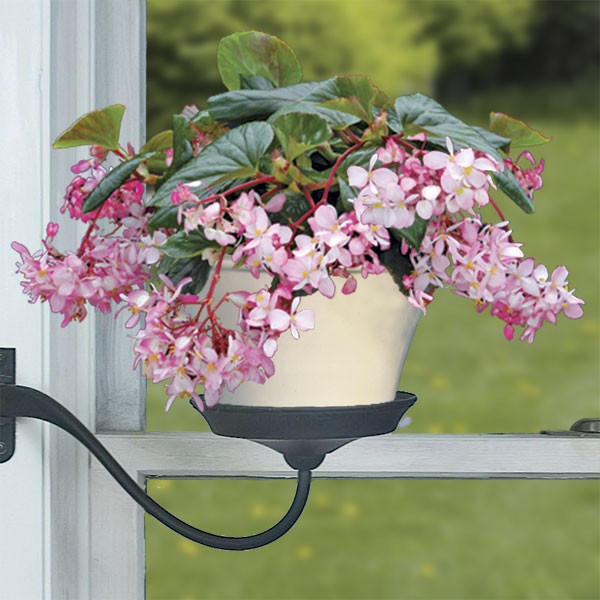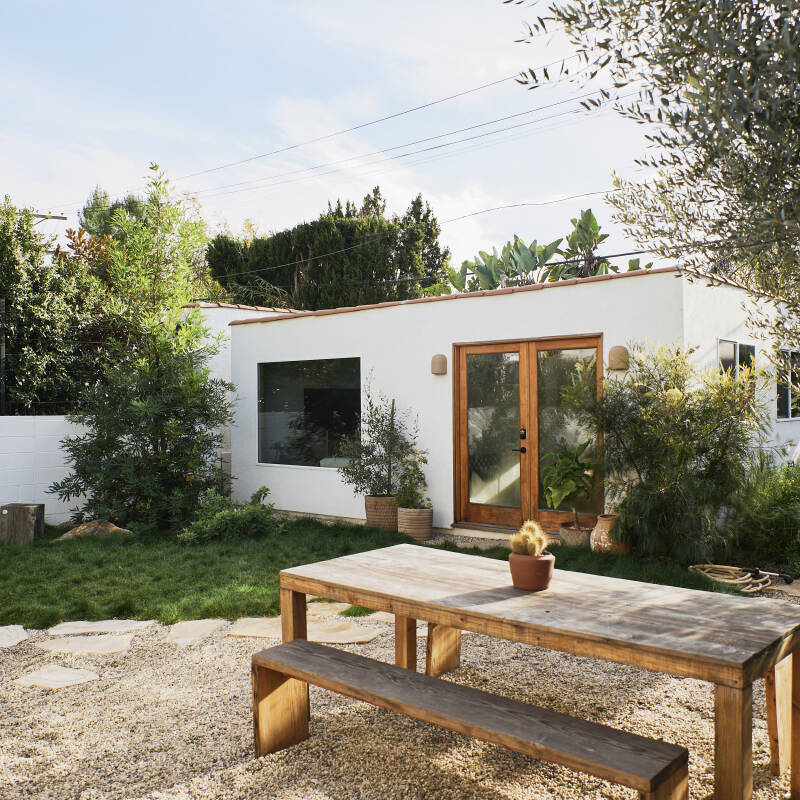I’ve always loved fancy-leaf begonias. They look good all the time (seemingly without even trying), sporting flashy foliage in a range of colors (dark green, chartreuse, burgundy, even orange), unusual leaf shapes, patterns, and spots. While they do flower, their blooms are almost beside the point.
When I first started growing them many years ago, I admit I didn’t have much success. It wasn’t until I returned from a long trip and saw how well the begonias were doing left alone that I realized that I had been killing them, as they say, with kindness, aka overwatering.
Recently, I spoke with Laurelynn Martin, co-owner of Logee’s greenhouse in Danielson, Connecticut, which offers an incredible array of begonias, about the best way to care for them and some of her favorite varieties. “Begonias need more light than many think,” Martin says. She recommends placing them in an east or west window to give them some direct sunlight during the day. “While they can grow in shadier conditions,” she says. “The vigor and the color of the leaves often will be diminished.” Use a grow light if needed, especially during the winter months. Temperatures should be above 60 degrees.
Plant them in a potting soil that drains well. Clay pots are optimal because the porous material allows the water to evaporate easily. As for watering, wait until “the soil becomes visually dry on the surface” Martin says. It’s okay if the leaves start to droop because they’re thirsty. They’ll bounce back. As I’ve learned, it’s better to underwater than overwater. Feed with organic fertilizer regularly during the growing season, which begins in late winter and continues to fall. I use fish emulsion.
Here are some of Martin’s favorites ranging from easy-to-grow to more of a challenge.
Featured photograph (above) by Leslie Santarina, from Houseplant Help: 5 Tips to Keep Finicky Begonia Rex Alive. All other photos courtesy of Logee’s Plants for Home & Garden.
Easy-to-Grow





Next-level

B. dregei ‘Richardsiana’

For more on houseplants, see:
- Gardening 101: Hardy Begonia
- Gardening 101: Tuberous Begonias
- Houseplant Help: 5 Tips to Keep Finicky Begonia Rex Alive
















Have a Question or Comment About This Post?
Join the conversation